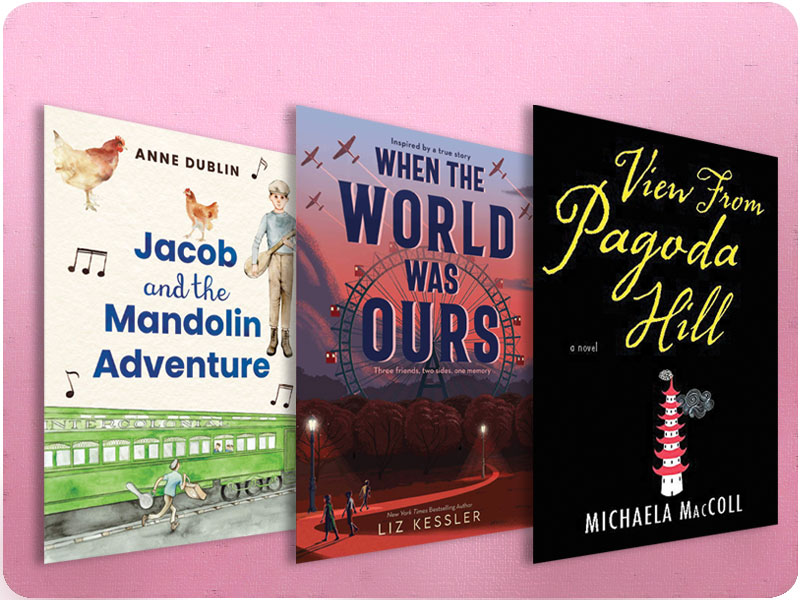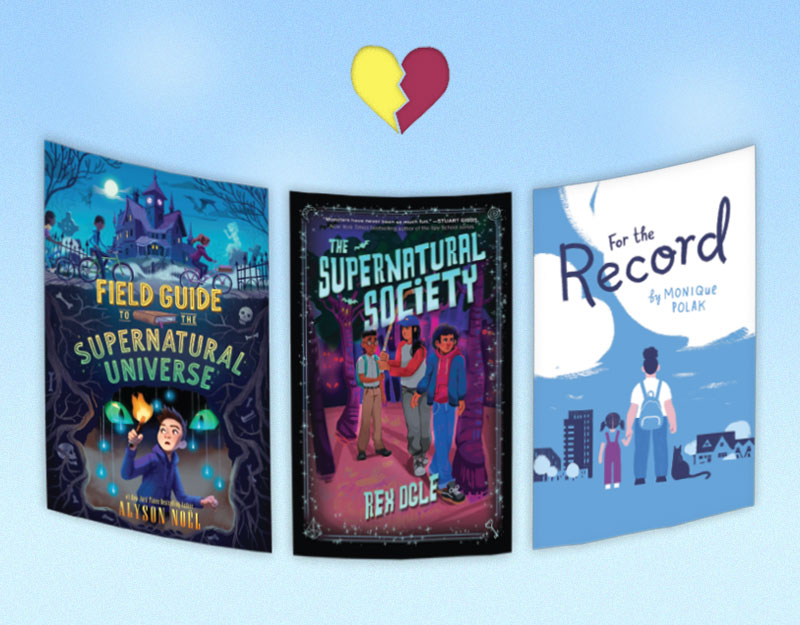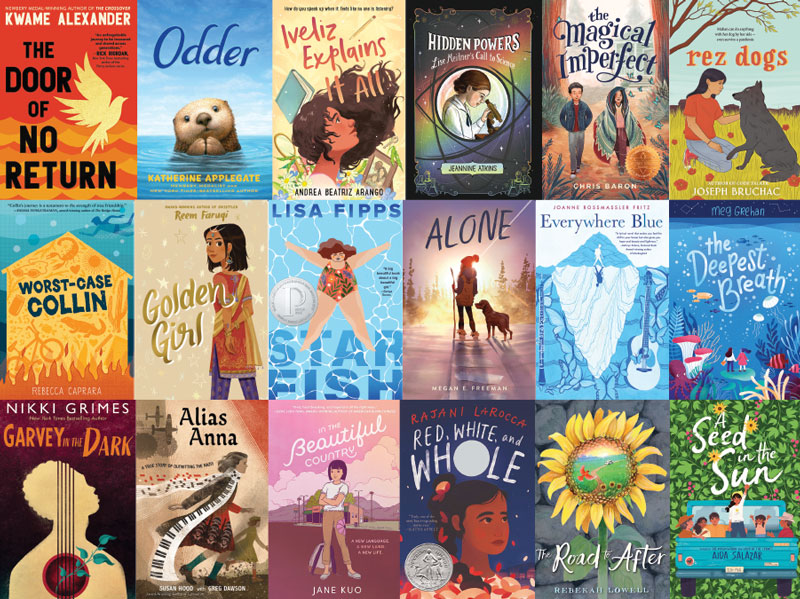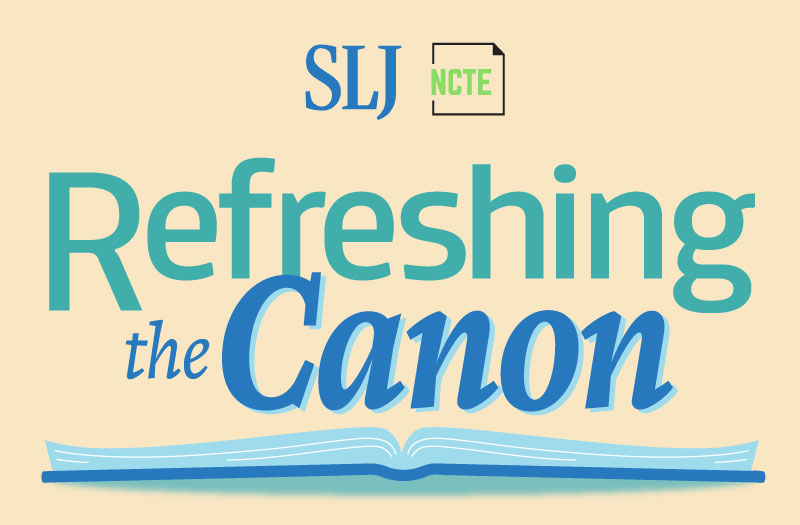In the Shadow of Mammothgate: Writing Historical Fiction Without Whitewashing History, a guest post by Betsy Bird
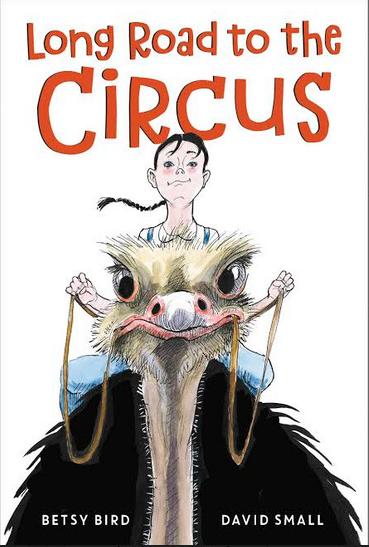
Say, do any of you happen to remember the Mammothgate controversy of 2009? I’ve been a children’s librarian for a number of years, but I remember it like it was yesterday. You see, that was the year that author Patricia Wrede published her middle grade novel The Thirteenth Child. In that story, Wrede created an alternate America. An American where the land bridge never existed. You understand the implications, of course. By removing this element, Wrede purposefully didn’t have any Native Americans to put into her text. She had, in short, effectively removed an element of her story that she didn’t want to deal with. The resulting furor was, to put it mildly, intense. Its name, “Mammothgate”, was based on the premise that without humans in the Americas, some species (like woolly mammoths) would have continued to roam the plains.
Wrede, for the most part, stayed silent on the outcry that followed. And it was Debbie Reese on her American Indians in Children’s Literature blog who discussed the potential good the author could do, were she to discuss her choices. As she wrote on June 19, 2009:
ADVERTISEMENT
ADVERTISEMENT
“Given her influence and standing, I wonder how much impact she’d have on the field if she reflected, publicly, on the controversy over her novel? I think there’s a lot to learn from it. Learning that could shift the field forward in the United States and elsewhere, too. ”
Wrede’s book was not an outlier, however. Though it was a rather extreme case, authors of historical works of fiction for kids have pretty much been performing their own mini Mammothgates for years. I should know. I almost did it myself.
In writing my first middle grade novel LONG ROAD TO THE CIRCUS, I based the bulk of the book on my own family’s history. I’m white. My family’s white. And most of the characters in my book, based on real people, were also white. The story itself is simple. You see, my family always told the tale of how my grandma’s no good uncle would regularly skip out on his farm chores to walk several miles to an elderly ex-circus performer’s house. He wanted to learn how to train farm horses to do circus tricks, apparently. And when I learned that the circus performer, one Madame Marantette, was a real historical figure, I realized I had the makings of a book on my hands.
Copious research into the life of Madame Marantette revealed many fascinating details. She retains the high jump record on a horse while riding sidesaddle to this day. She is the only person ever to figure out how to train a horse and an ostrich to pull a surrey together. And in her time she was world famous. Revered even! She met the king of England and everything.
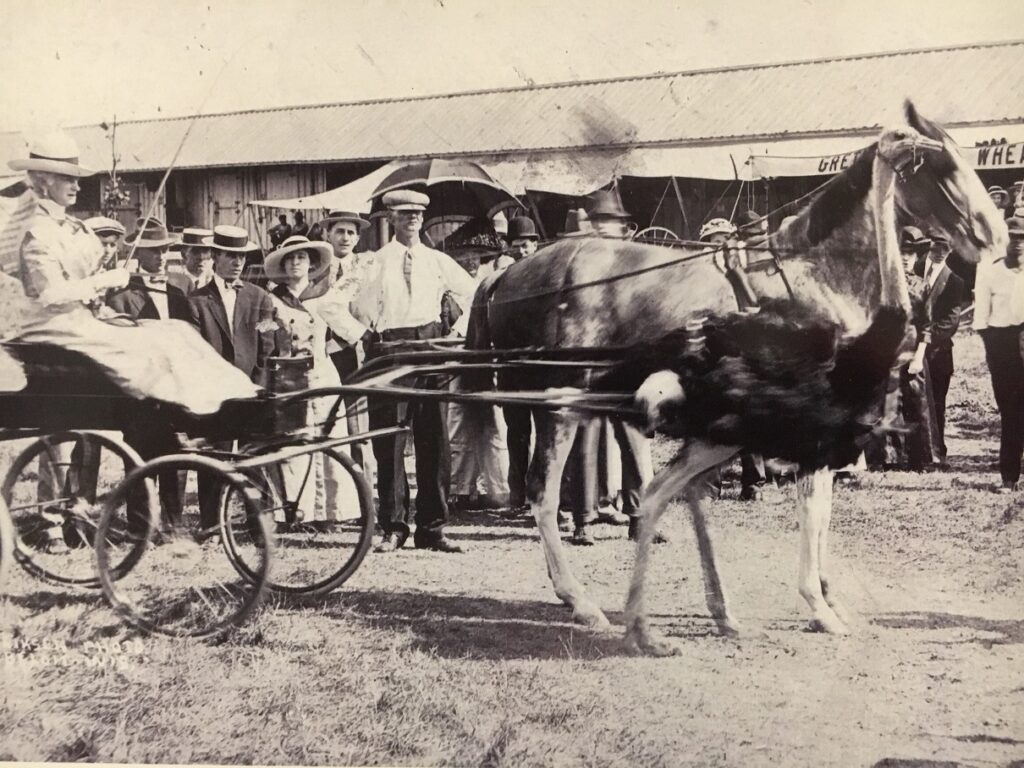
That’s the big stuff. The littler stuff was where things got interesting for me as a writer. As I mentioned, my family is white and the Madame was white. But Bud Thurskow, a man who worked for the Madame for many years, was Black. And here we have the potential for a Mammothgate. You see, for all that my family lived in Burr Oak, and for all that the historical society in the Three Rivers Area pretty much only contains information on white families, there has always been the presence of Native and Black populations in the area of Southwest Michigan. One photo of the Madame in her surrey, which I took care to include in the book, shows a racially diverse crowd looking on.
The fate of Bud in my book? It would have been so easy to just not include him. To silently erase his presence from the Madame’s life and from my own story. Surely that’s what a lot of white writers of historical fiction for children have done in the past. When history gets “complicated” they simplify it by focusing only on the white characters. But not only did this seem to be a great disservice to the memory of Bud, it also would have made my book less interesting.
Bud was staying. That led to an issue though. In what way was he staying? Because now we had to face a whole host of offensive tropes. Right off the bat I didn’t want him to be the Magical Black Friend that helps the heroine and offers folksy advice at just the right times. I didn’t want Bud to serve as some kind of foil for my heroine. I wanted him to have a life outside of this story. A history. I wanted him to exist in his own narrative. That’s how I was able to merge his story with that of Jimmy Winkfield. I’d had the pleasure of hearing an episode of Stuff You Missed in History Class (one of my favorite podcasts) called “Jimmy Winkfield: Derby Pioneer”. I learned about the history of Black jockeys, how they’d broken barriers, and made more money than a lot of their white peers. That is, until white people got mad and took the jockey jobs away from them. Jimmy Winkfield went overseas and had a variety of adventures over there, and it was through his story that I realized I could give Bud a complicated past. I could give him an entire history that mirrored the life of the Madame, but went in a different direction.
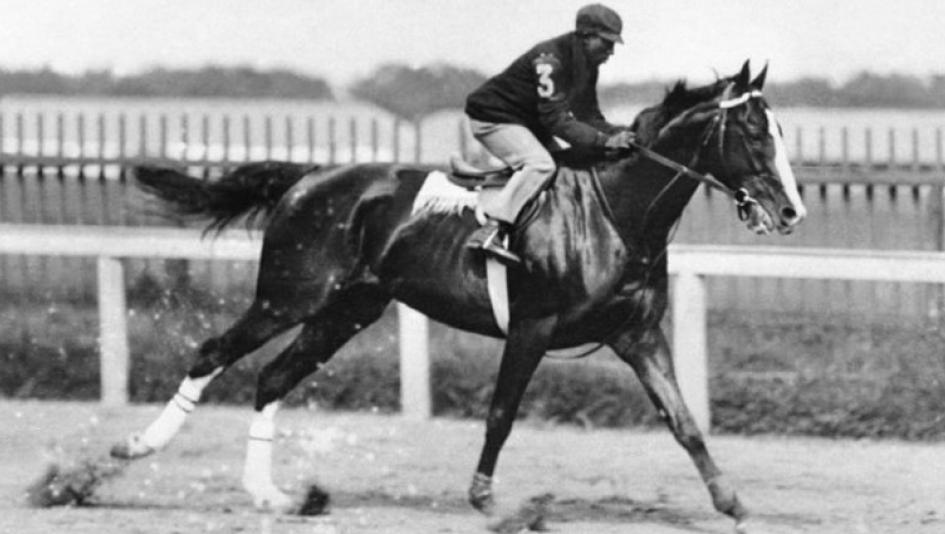
ADVERTISEMENT
ADVERTISEMENT
I made my choice, but it’s funny how sometimes these choices go unnoticed. The Publishers Weekly review of LONG ROAD TO THE CIRCUS is very complimentary. It says nice things like how the book is a “spirited historical adventure” and that David Small’s “expressive, humorous b&w illustrations infuse the narrative with further personality.” Excellent things to hear if you’re a first time middle grade author. Unfortunately, the review ends by saying that, “All characters cue as white.” When I read that, my heart just dropped. I didn’t erase Bud, but somehow reviewers are so primed to assume that a work of historical fiction set in a small town will contain all white characters that they’ll fail to notice when a book goes in a different direction.
Here then is a hope that in the future we’ll have a different set of expectations. Our children’s books have historically whitewashed the past. Let’s hope that going forward they have the wherewithal to open the eyes of their child readers to what it was really like in the past. That America was a hugely diverse country, and that fact should permeate our books.
In other words, let’s put those mammoths back in the ground where they belong.
Meet the author

Betsy Bird is the Collection Development Manager of Evanston Public Library and the former Youth Materials Specialist of New York Public Library. She writes for the School Library Journal blog A Fuse #8 Production and reviews for Kirkus. She is the host of the Story Seeds podcast as well as the co-host of the podcast Fuse 8 n’ Kate. Betsy is the author of nonfiction, picture books, anthologies, and the new historical middle grade novel LONG ROAD TO THE CIRCUS, illustrated by David Small and out this October. You can follow Betsy at @FuseEight on Twitter or at betsybirdbooks.com.
About Long Road to the Circus
The story of a girl who rides an ostrich straight to her dreams from theaward-winning writer and librarian Betsy Bird, illustrated by Caldecott Medalist David Small.
Twelve-year-old Suzy Bowles is tired of summers filled with chores on her family farm in Burr Oak, Michigan, and desperate to see the world. When her wayward uncle moves back home to the farm, only to skip his chores every morning for mysterious reasons, Suzy decides to find out what he’s up to once and for all. And that’s when she meets legendary former circus queen Madame Marantette and her ostriches. Before long, Suzy finds herself caught-up in the fast-paced, hilarious world of ostrich riding, a rollicking adventure that just might be her ticket out of Burr Oak.
ISBN-13: 9780593303931
Publisher: Random House Children’s Books
Publication date: 10/05/2021
Age Range: 10 – 12 Years
Filed under: Uncategorized
About Amanda MacGregor
Amanda MacGregor works in an elementary library, loves dogs, and can be found on Twitter @CiteSomething.
ADVERTISEMENT
ADVERTISEMENT
SLJ Blog Network
2024 Books from Pura Belpré Winners
In Memorium: The Great Étienne Delessert Passes Away
Winnie-The-Pooh | Review
Parsing Religion in Public Schools
ADVERTISEMENT



